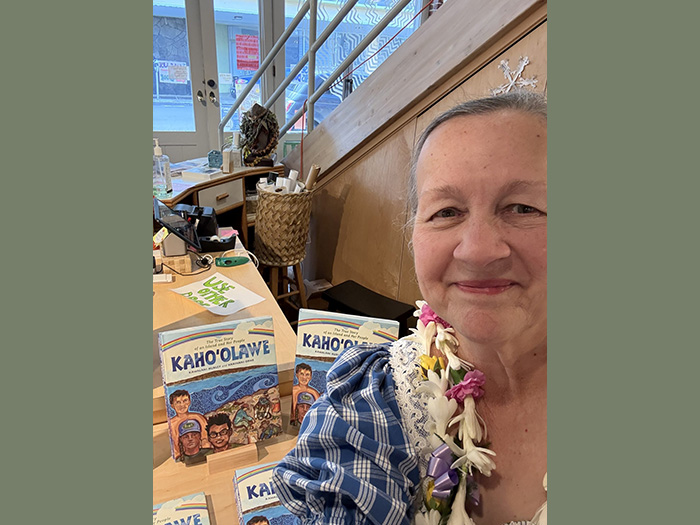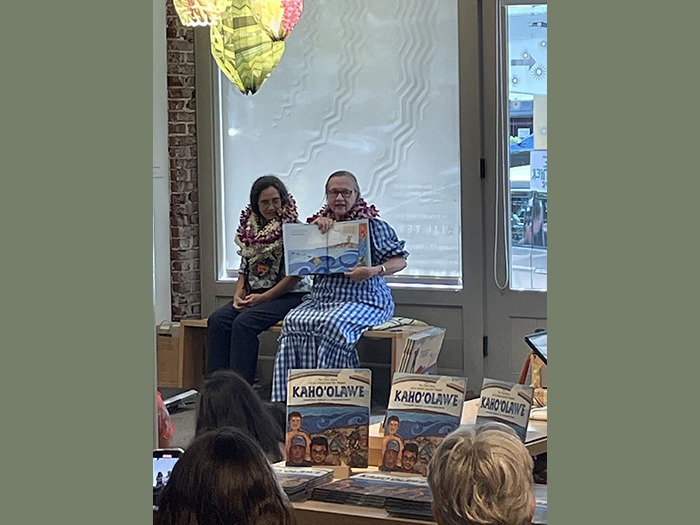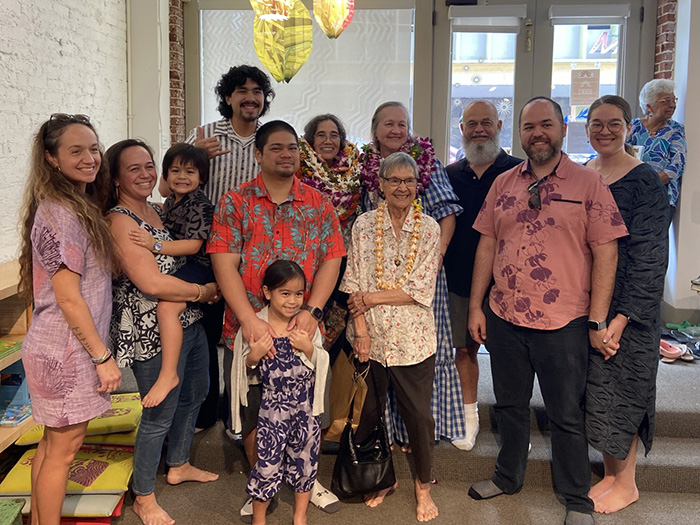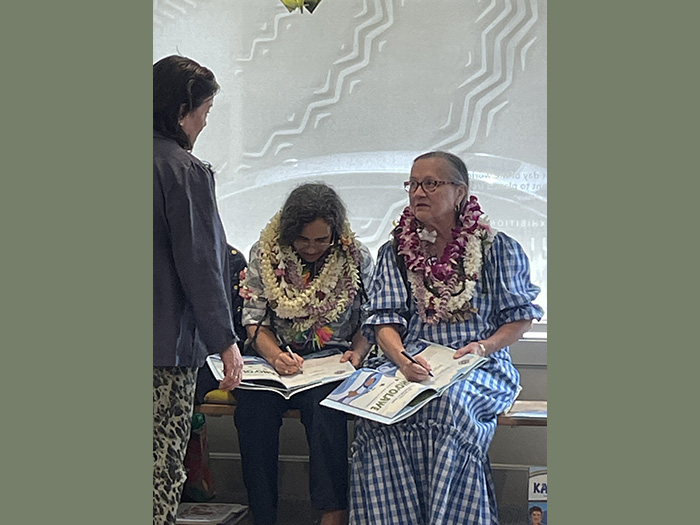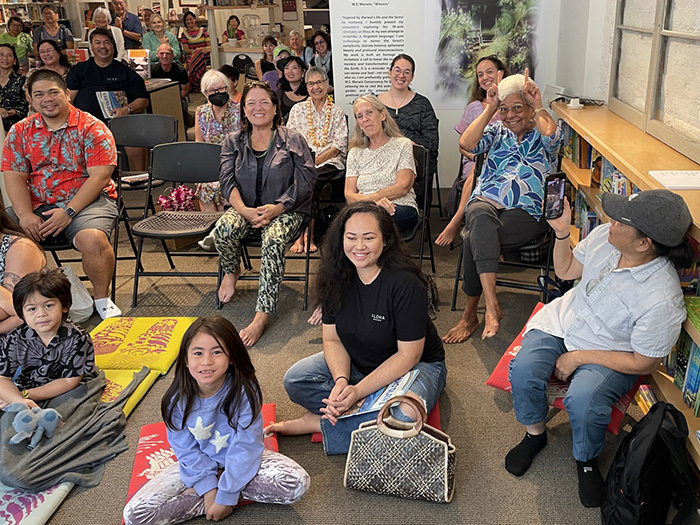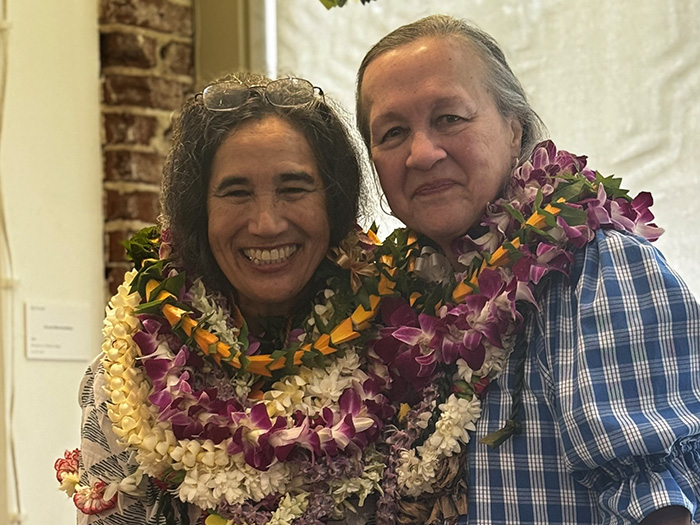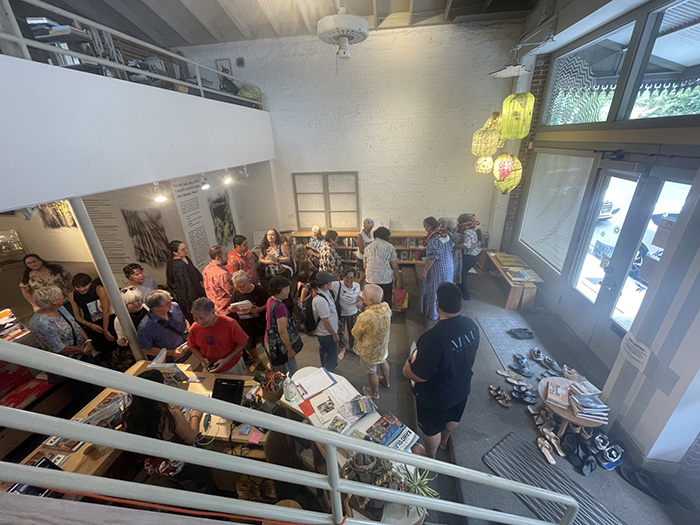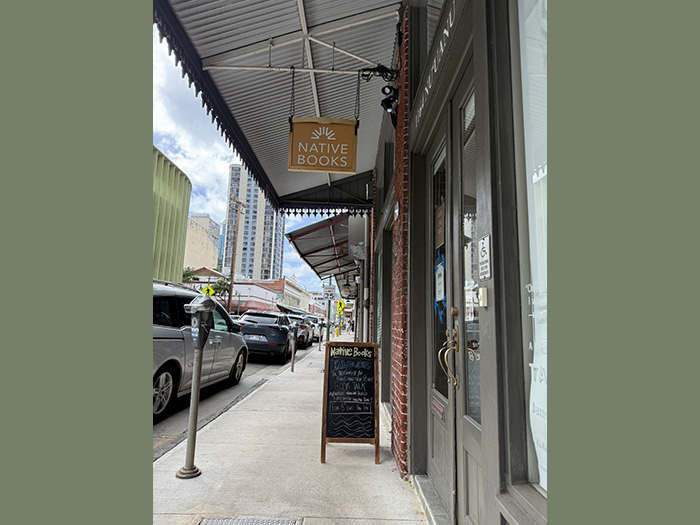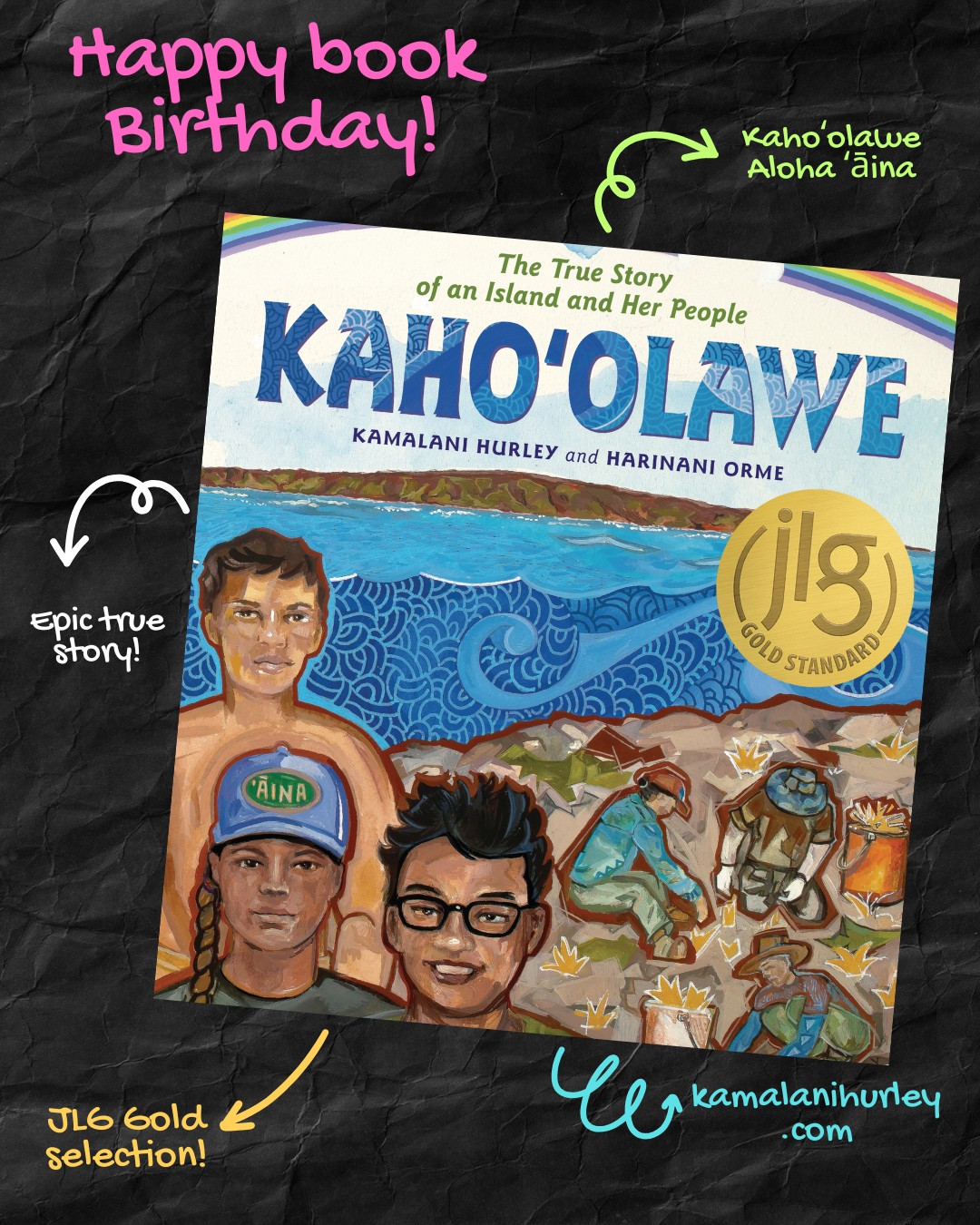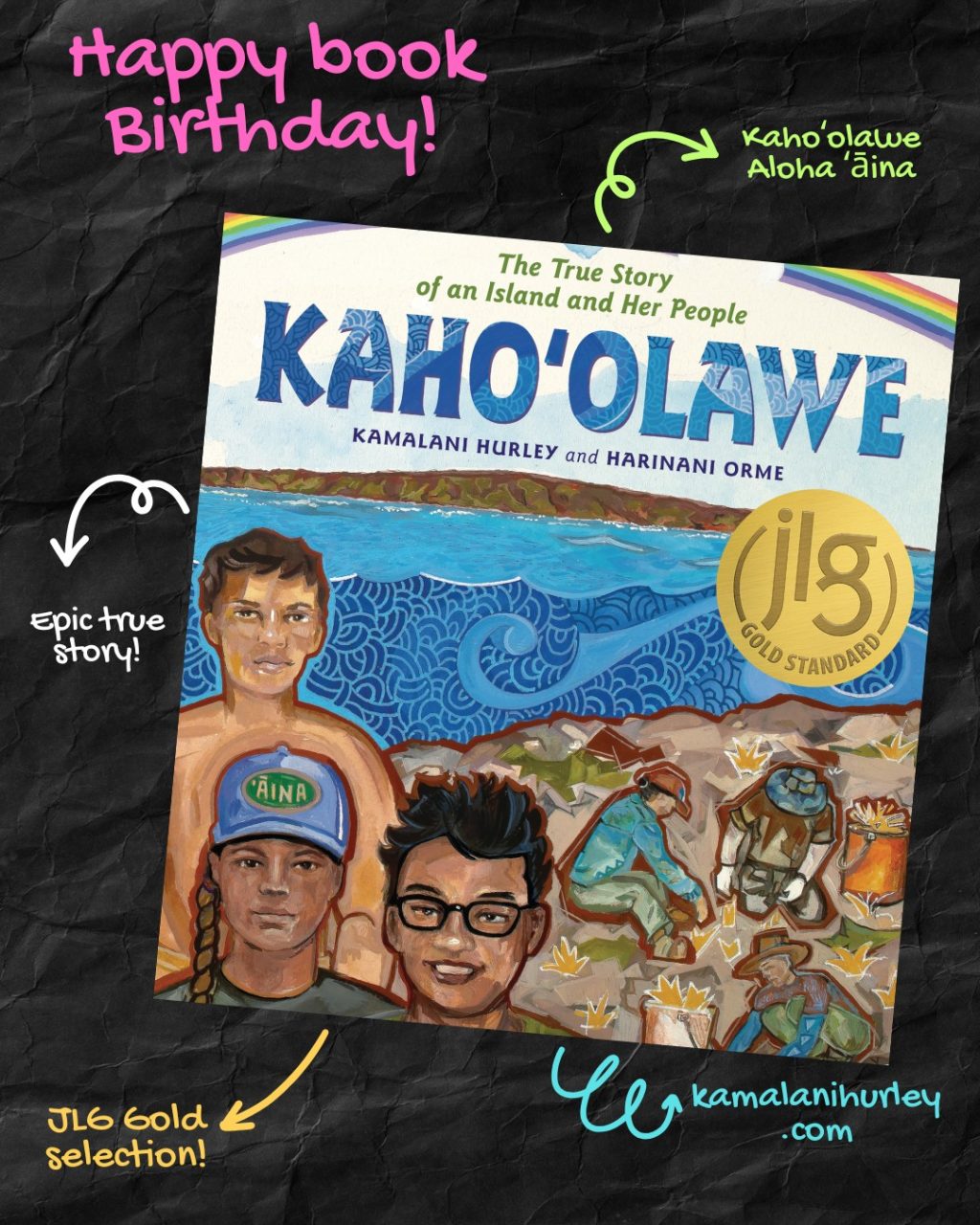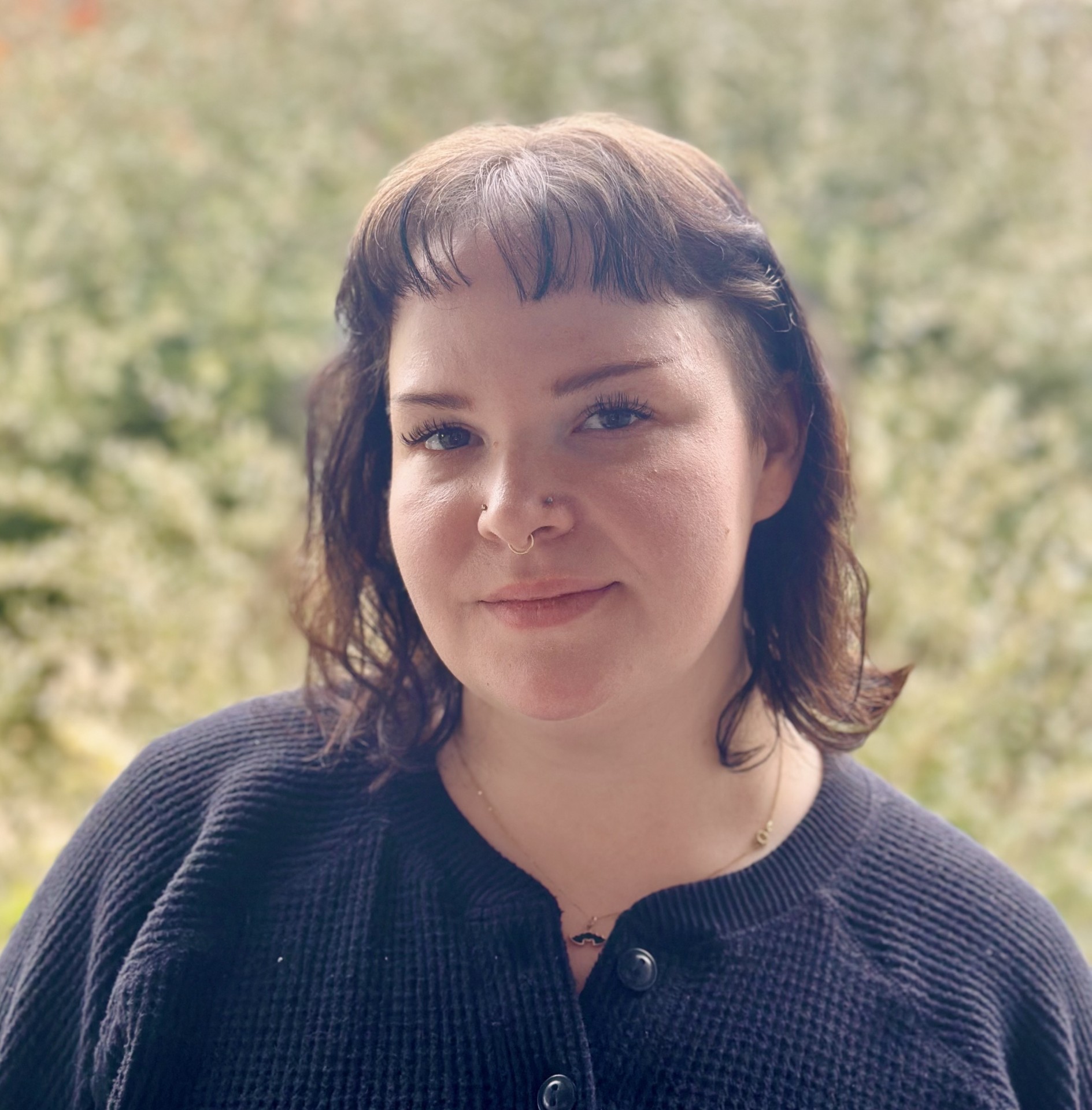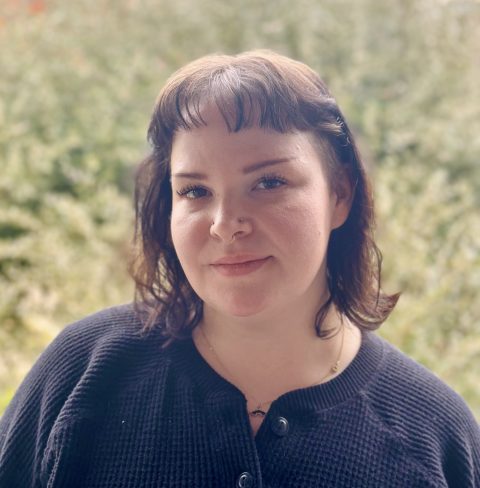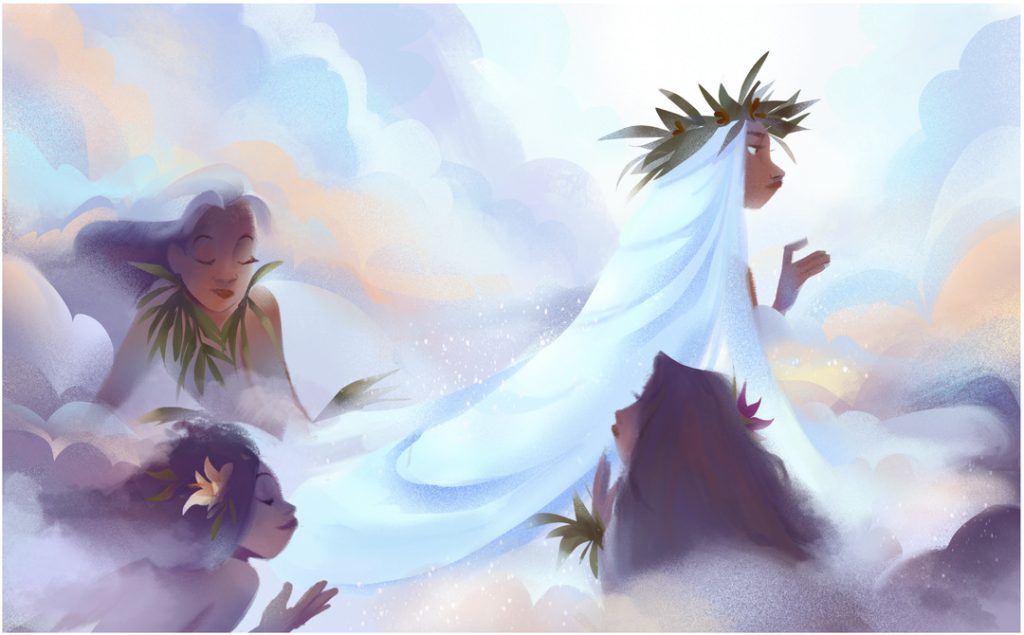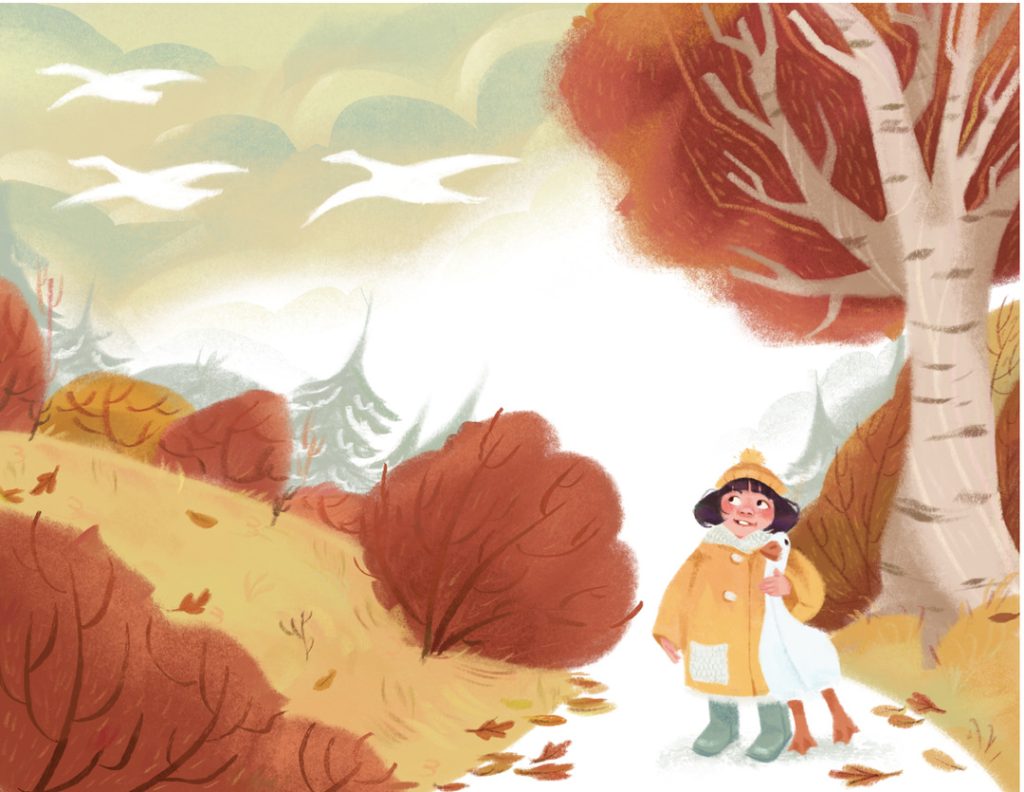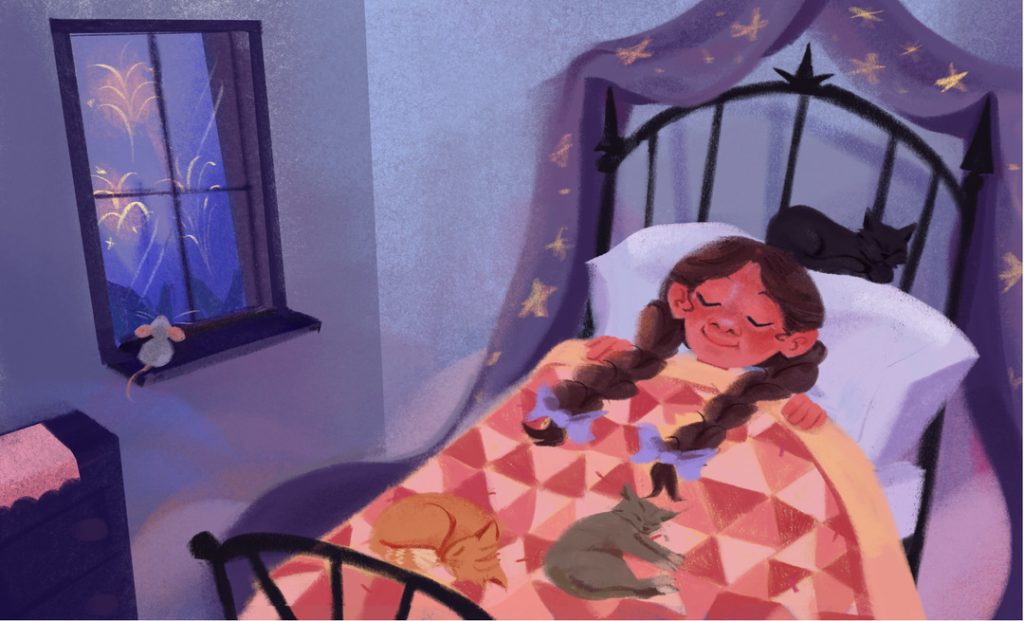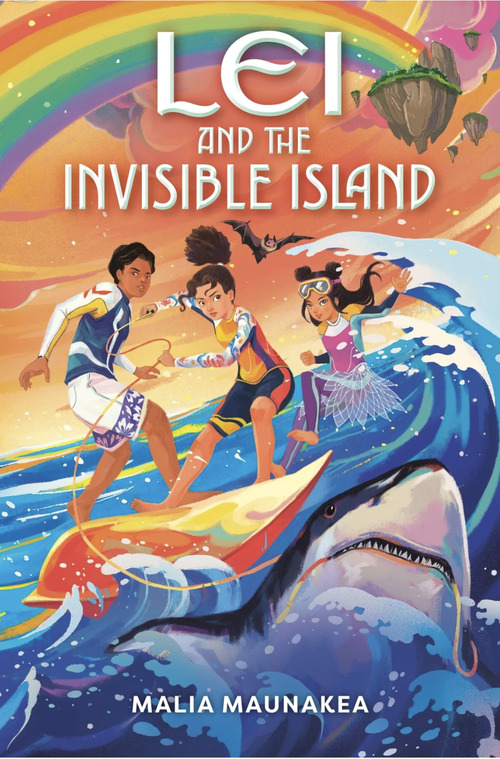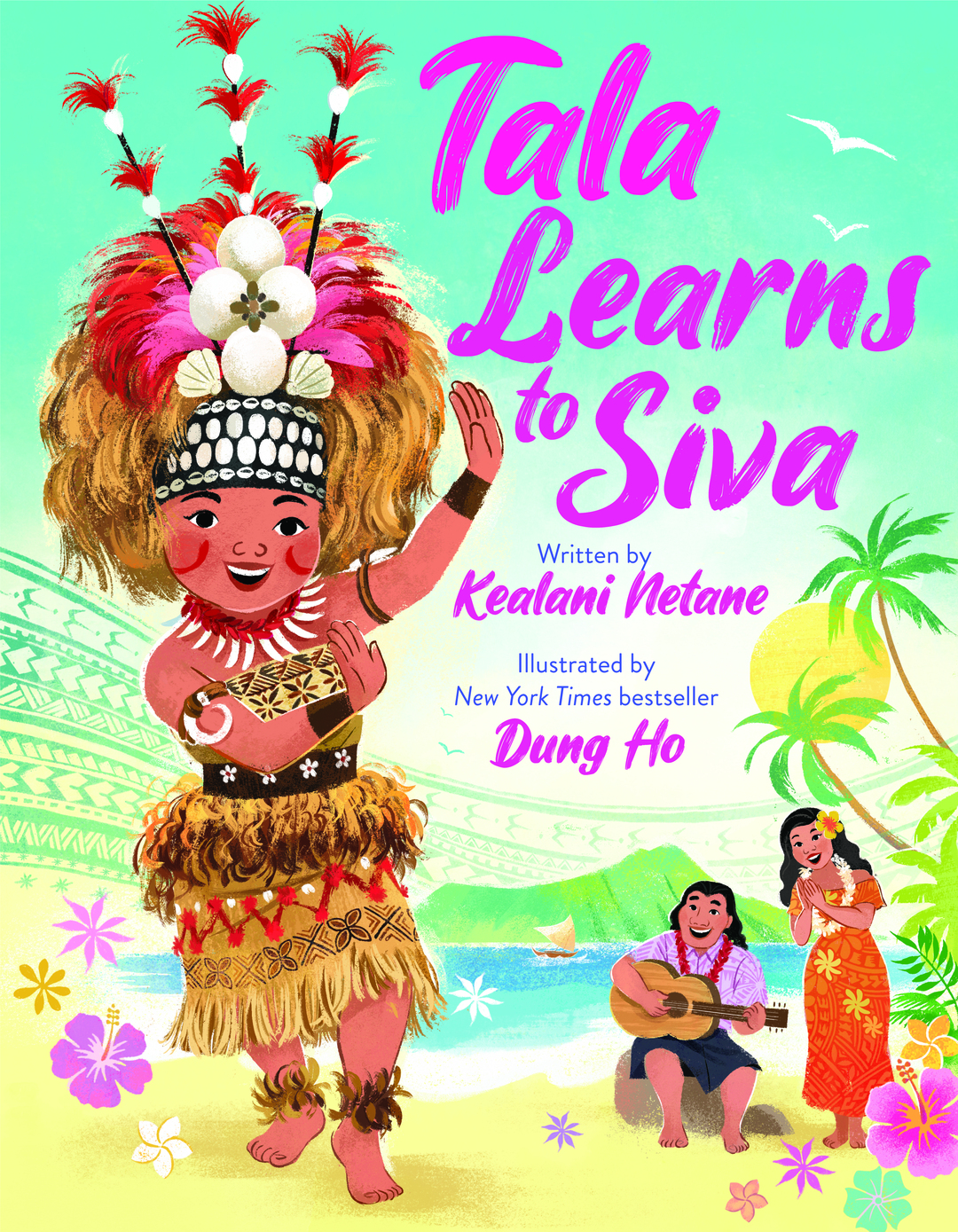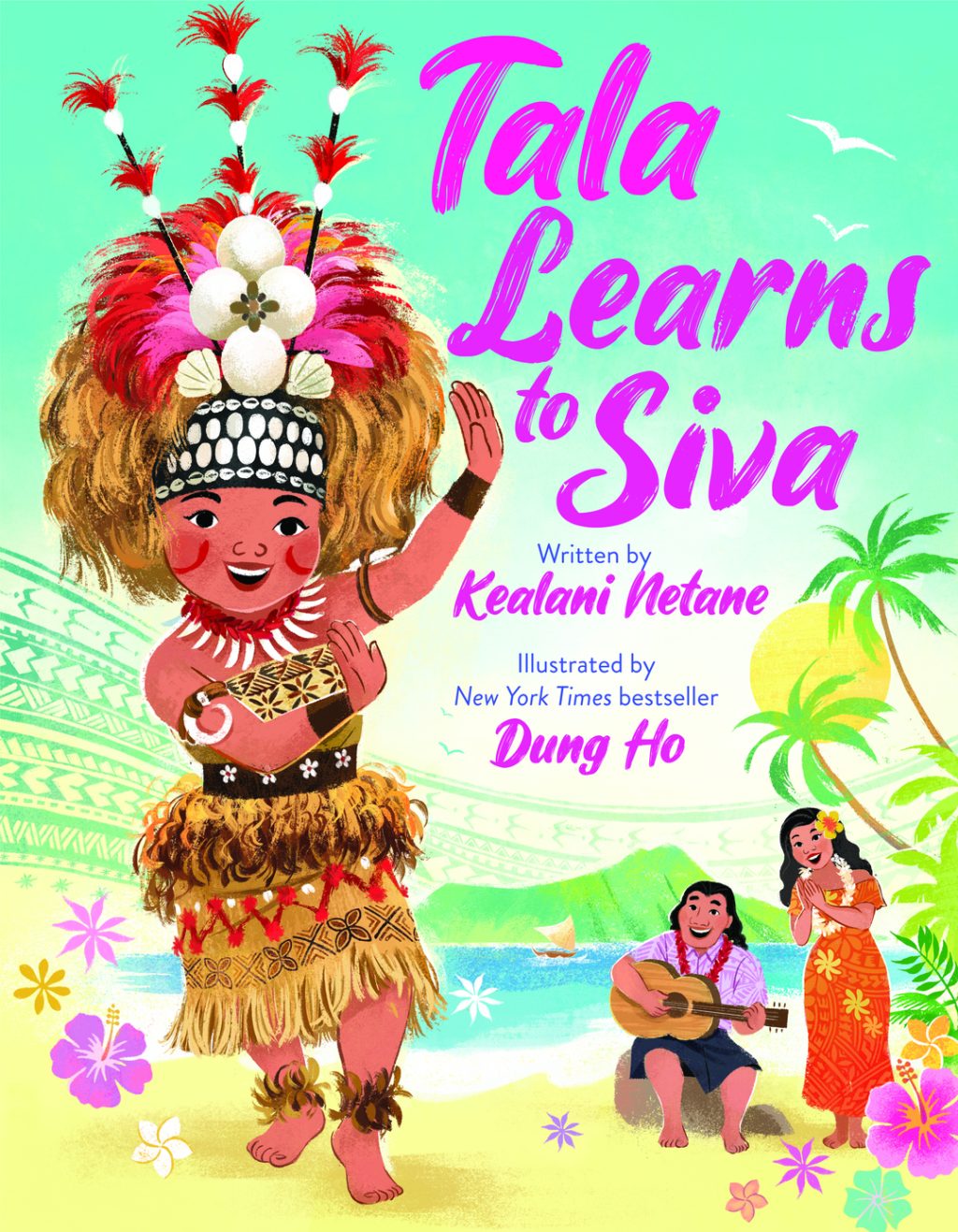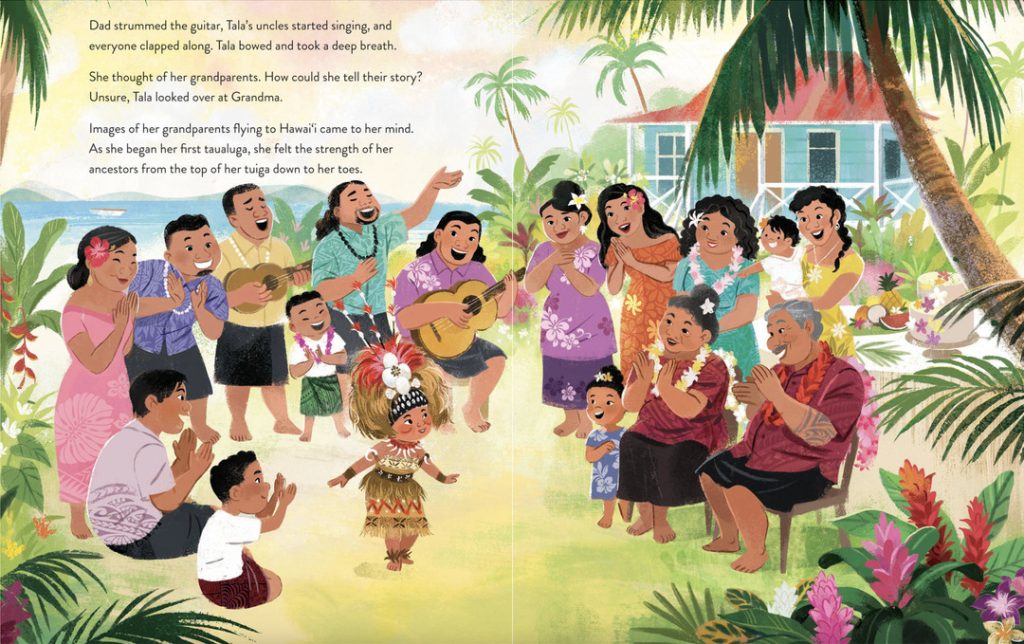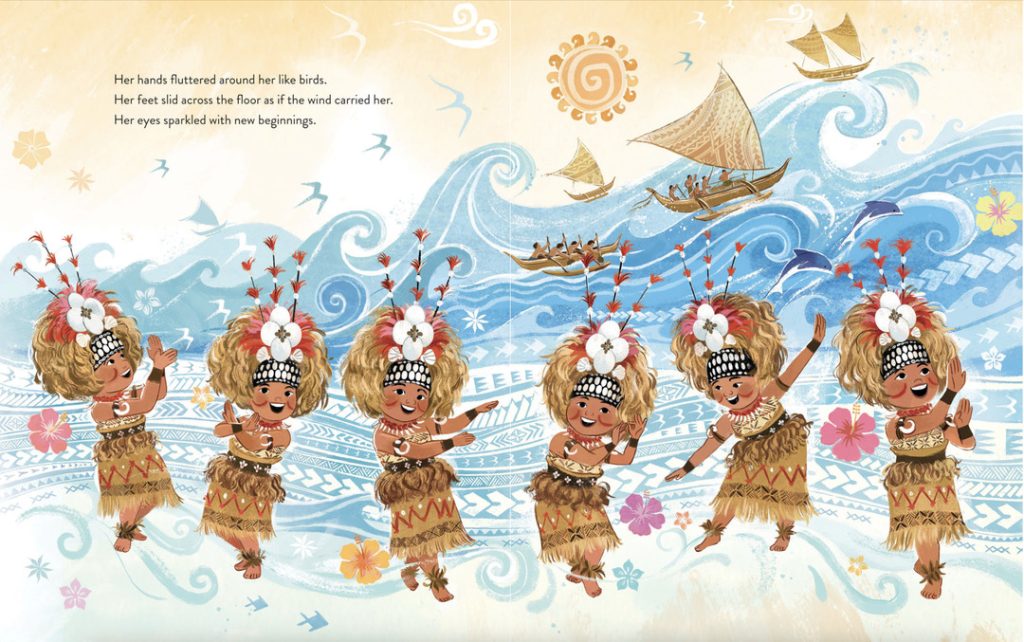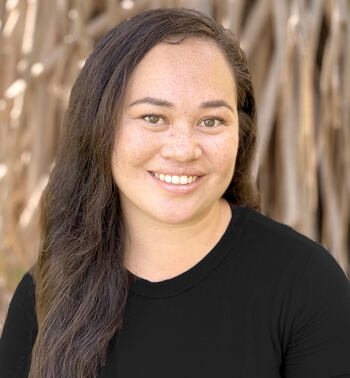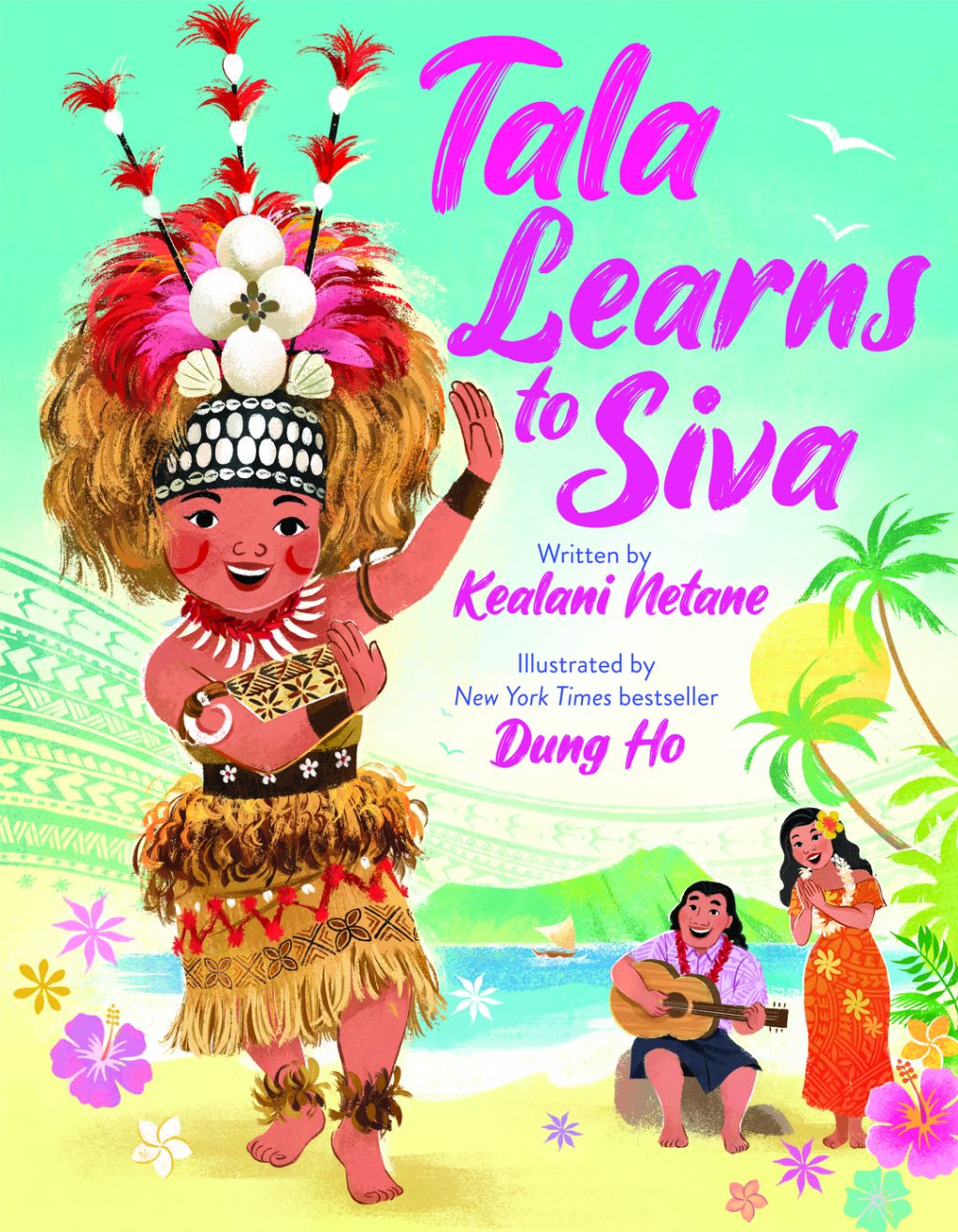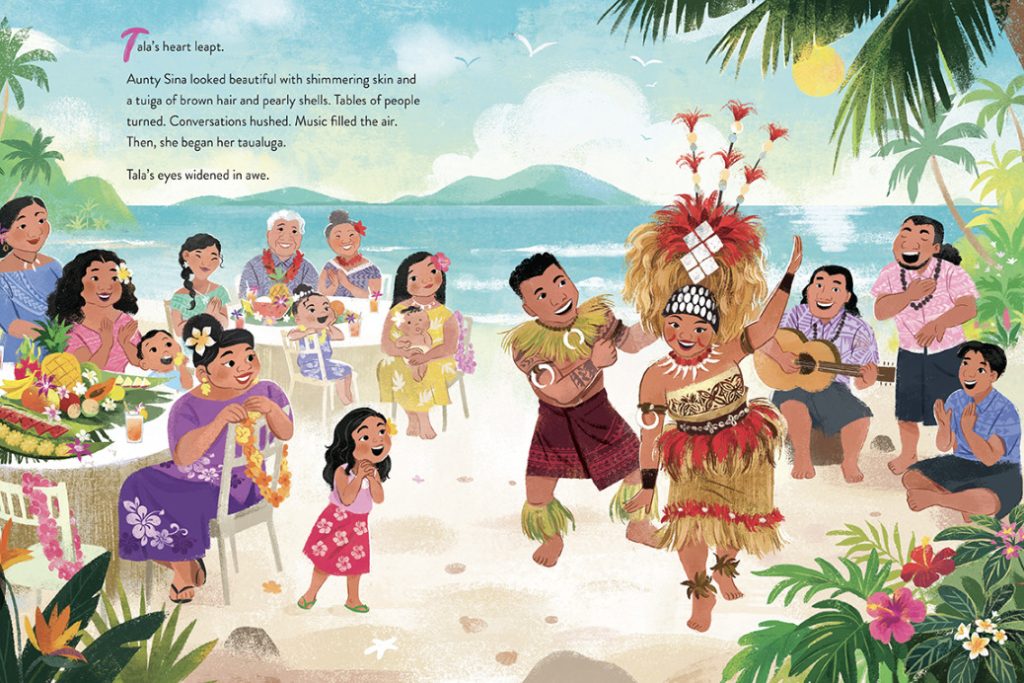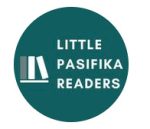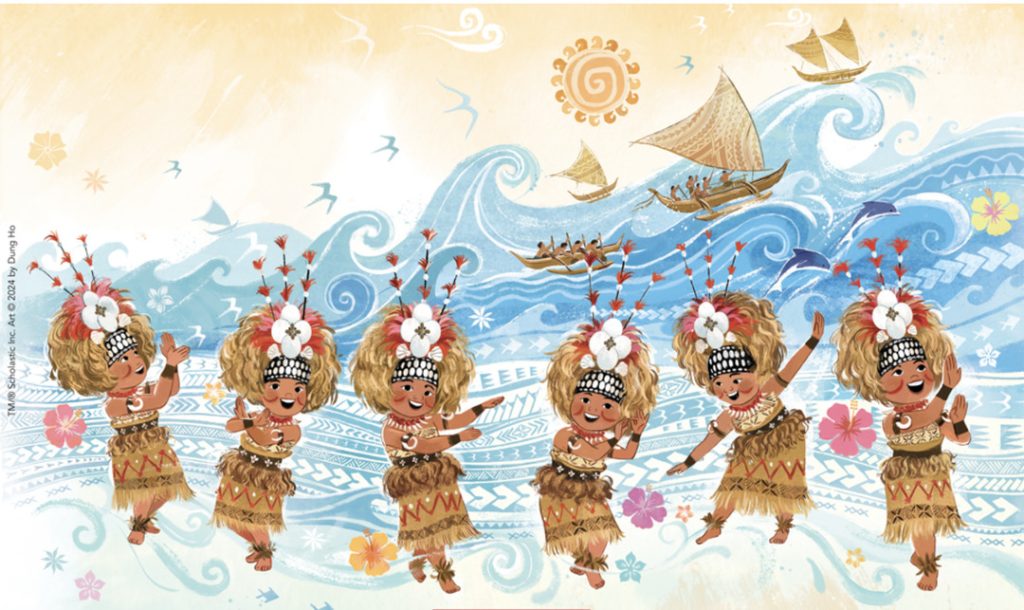Can you share a bit about what youʻre working on next?
I have another picture book project that I’m looking forward to announcing soon. I am also working on a middle grade novel and a young adult novel. Both of those projects are still in the early phases, so it’ll be many years before they will be ready for publication.
What do you enjoy most about writing, especially for kids? What are some of your greatest challenges?
What I love most about writing for kids is that kids are very glued into the specifics. When writing, I have to look at things from the mind of a child and children notice everything so I have to notice everything. Children are fascinated by the things adults often take for granted, so writing children’s books helps me slow down and appreciate life a bit more.
The greatest challenge when writing picture books is being able to tell an entire story arc in very little words. We also have to leave space for the illustrator to tell their story. So it’s a balancing act.
What kinds of books do you enjoy reading? Any favorites?
I love all kinds of books. I read across age groups and genres. There are a bunch of books I’ve recently read and enjoyed. In the picture book category, I loved Finding Papa by Angela Pham Krans and We Who Produce Pearls: An Anthem for Asian America by Joanna Ho. I really enjoyed the middle grade novel, Mani Semilla Finds Her Quetzal Voice by Anna Lapera. I felt like a proud aunty reading Mani’s feminism journey. My favorite young adult book so far this year is Dragonfruit by Makiia Lucier. The story is so heartwarming and adventurous.
In the adult category, I love reading romance and genre fiction. My favorite romance authors right now are Kennedy Ryan and Tia Williams. My favorite genre fiction book is Evil Eye by Etaf Rum.
I also love non-fiction books, especially books focused on Indigenous knowledge like Braiding Sweetgrass by Robin Wall Kimmerer and social justice like Angela Davis’ Freedom is a Constant Struggle. I’ve been getting into more historical books, and I learned so much from Aloha, Betrayed by Noenoe Silva and The Hundred Year Walk: An Armenian Odyssey by Dawn Anahid MacKeen. I’ve also been slowly reading more poetry books, and my favorite right now is ‘Āina Hānau/Birth Land by Brandy Nālani McDougall. I truly feel seen by her poems.
As you can probably tell, I love reading, and I try to read as much as I can although I don’t nearly have enough time to do so. I do keep a running list on my phone of books I want to read.
What advice would you give an aspiring author/blogger?
My advice for aspiring writers is to observe, learn, write, edit, seek feedback, and edit more. Observe yourself. Observe those around you. Learn from our chants, songs, legends. Learn from your own family history. Learn from what has already been written. Learn from other writers. Then, write. There’s only so much we can do in our heads. As the ʻōlelo noʻeau tells us, ma ka hana ka ʻike. We learn best when we actually write. Next, find a writing community. They will help with feedback. And edit, edit, edit. Once everything is ready, either self-publish or query agents/publishers. Also, you don’t have to write something cultural. Write whatever you want.
Are you active on social media? How can readers find out more about you and your work?
My website is kealaninetane.com. I also write the blog posts for Pacific Islanders in Publishing. Our blog posts are focused on showcasing the latest published books by Pacific Islanders and helping Pacific Islanders navigate the publishing industry.
Mahalo nui, Kealani, for sharing your manaʻo with us and for the good work you’re going to encourage more Pacific Islander creators. We look forward to seeing more from you! To learn more about Kealani Netane, please visit her website, Kealani Netane.com, her blog posts at Pacific Islanders in Publishing, and her bookstagram, Little Pasifika Readers.
Images courtesy of Kealani Netane.
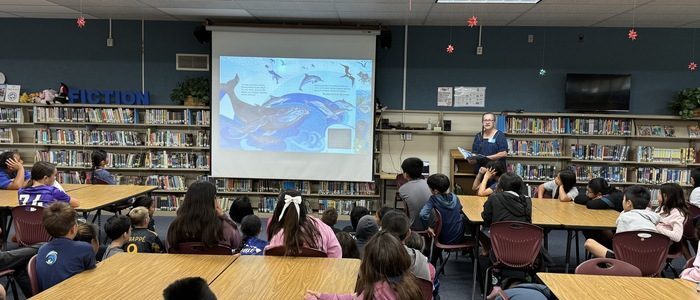 Kamalani reading the book to the fourth graders during the Read Aloud event
Kamalani reading the book to the fourth graders during the Read Aloud event Harinani sharing her art process and sketches
Harinani sharing her art process and sketches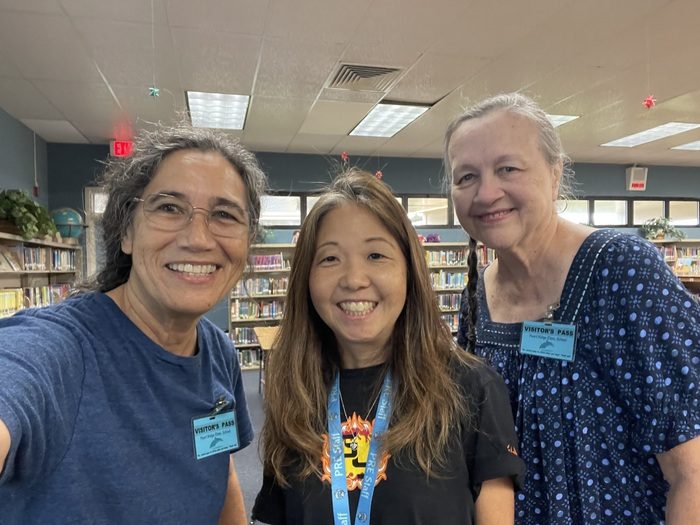 Illustrator Harinani Orme, librarian Lori Tonaki, and author Kamalani Hurley. Mahalo for inviting us!
Illustrator Harinani Orme, librarian Lori Tonaki, and author Kamalani Hurley. Mahalo for inviting us!


